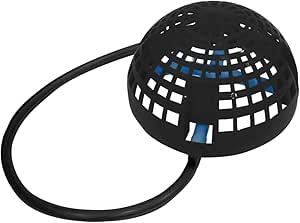AutoPot systems have gained popularity among indoor gardeners for their self-watering capabilities and ease of use. These systems utilize gravity pressure to fill basins with water and nutrient solution, allowing plants to draw up the necessary resources as needed. While AutoPots offer several advantages, it’s essential to consider both the pros and cons before investing in this type of setup.
Pros of AutoPot Systems
One of the primary advantages of AutoPot systems is their ability to water from the bottom, encouraging root development and growth. This is in contrast to top-watering systems, which can potentially lead to root rot and fungal growth.
AutoPot systems are also compatible with AirBases and AirDomes, which create airspace beneath the plants and allow for increased oxygen intake. The AirDome kit, in particular, supplies oxygen directly to the plant’s roots, accelerating crop development.
Another benefit of AutoPots is their expandability. If you start with a smaller system and later decide to expand, you can easily add more pots and fittings to accommodate your growing needs.

Cons of AutoPot Systems
While AutoPots are generally easy to set up and use, they can be a significant investment, especially for larger grows. The cost of the system, including the pots, trays, and fittings, can add up quickly.
For commercial growers with large-scale operations, AutoPots may not be the most practical choice, as they would require multiple reservoirs to be refilled with different nutrient solutions. This can be time-consuming and labor-intensive.
Another potential drawback of AutoPot systems is the difficulty in precisely controlling the amount of water and nutrients delivered to each plant. The flood-and-drain approach means that the system is always supplying resources, making it challenging to fine-tune the delivery based on individual plant needs.
When considering an AutoPot system, it’s important to evaluate your specific growing requirements, budget, and available space. While these systems offer convenience and potential benefits, they may not be the best fit for every indoor gardener.